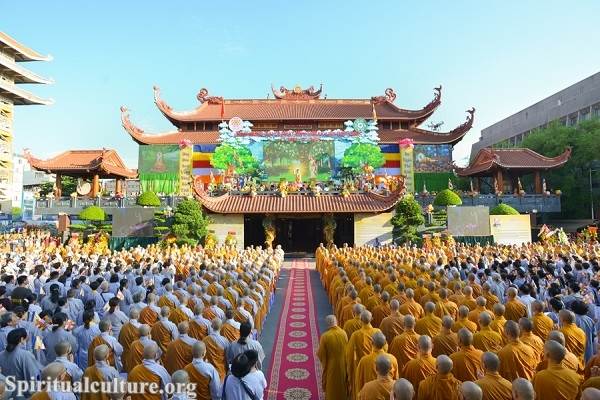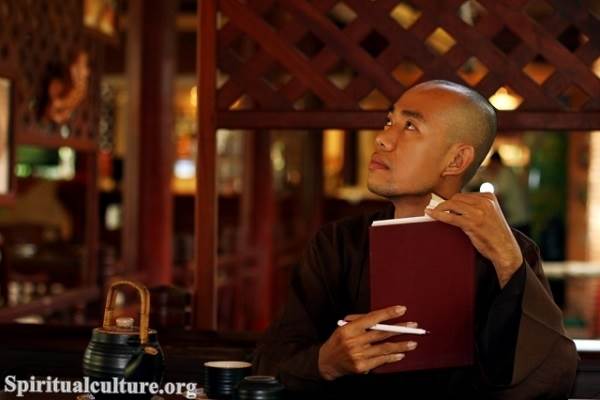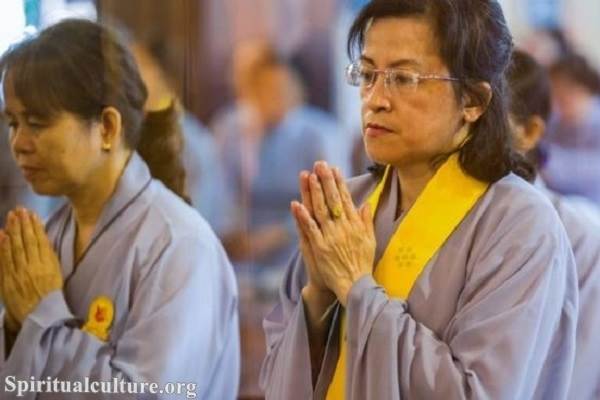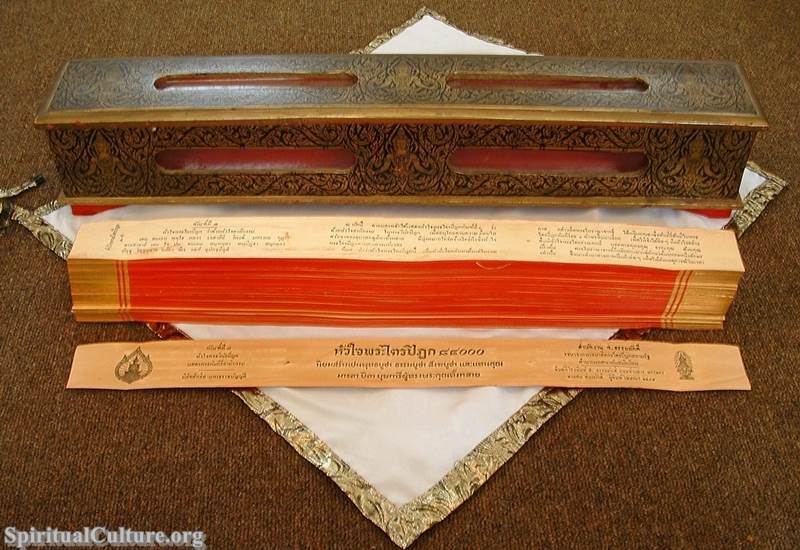Zen Buddhism uses several symbols in its teachings and practices. Some of these include:
The Enso
The Enso, or Zen circle, is a powerful symbol that represents the concept of enlightenment in Zen Buddhism. The circle is usually drawn with a single brush stroke, representing the idea that enlightenment is an instantaneous and indivisible moment. It can also symbolize the impermanence of life and the unity and continuity of all things.
The Lotus Flower
The Lotus Flower is a symbol of spiritual awakening and the ability to rise above suffering in Zen Buddhism. The lotus flower grows in muddy water and rises above the surface to bloom with remarkable beauty, representing the human capacity to rise above suffering and achieve enlightenment.
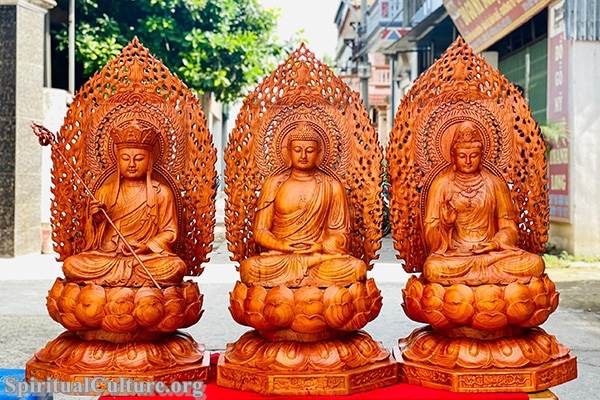
The Bodhi Tree
The Bodhi Tree is a sacred fig tree located in Bodh Gaya, India, under which the historical Buddha, Siddhartha Gautama, attained enlightenment. The tree symbolizes the attainment of spiritual knowledge and the path to enlightenment.
The Kanji
The Kanji for Zen represents the balance of opposites and the unity of all things. It is often used as a symbol of meditation, as it represents the stillness and clarity of the mind.
The Dharma Wheel
The Dharma Wheel, also known as the “Wheel of the Law,” represents the teachings of the Buddha and the path to enlightenment. It is often depicted with eight spokes, which symbolize the Eightfold Path of Buddhism.
The Three Treasures
The Three Treasures, or “Three Jewels” in Zen Buddhism, are the Buddha, the Dharma, and the Sangha. The Buddha represents the teacher and the path to enlightenment, the Dharma represents the teachings, and the Sangha represents the spiritual community.
The Zen Sand Garden
The Zen Sand Garden, also known as a Karesansui or “dry landscape” garden, is a symbolic representation of the impermanence of life and the need to let go of attachments. These gardens are typically composed of raked sand or gravel and a few strategically placed rocks representing mountains and islands.
The Zen Bell and Drum
The Zen Bell and Drum are used in meditation and rituals to bring the mind to a state of stillness and focus. The bell is often rung at the beginning of a meditation session, and the drum is used to signal the end of a session.
Zen Koans
Zen Koans are seemingly paradoxical statements or questions used as a meditation and self-reflection tool. Koans are intended to challenge the mind and help practitioners break free from the limitations of rational thought to achieve a deeper understanding of reality.
Zen Rocks
Zen Rocks are often used in Zen gardens and represent mountains, islands, and other natural landscapes. They are also used as a meditation tool, as arranging them can help focus the mind and bring about a sense of inner peace.
Zen Incense
Zen Incense is used in meditation and rituals to purify the mind and body. The smoke is believed to carry the practitioner’s prayers and intentions to the spiritual realm.
Zen Waterfall
Zen Waterfall represents the flow of consciousness and the constant change of life. It’s also a reminder of the impermanence of life and the need to let go of attachments.
Zen Master
Zen Master is considered a spiritual guide and teacher in Zen Buddhism. Zen Masters are highly respected and revered for their wisdom and spiritual attainments and are considered living examples of Zen Buddhism’s principles.
Zen Cave
Zen Cave represents the inner journey and the search for self-knowledge. It’s a symbol of the need to look inward and explore the deepest levels of our being to achieve true understanding and enlightenment.
These symbols are used in Zen Buddhism, other religions, and Eastern cultures. They are not only used as physical objects but also as a metaphor and mind tools for meditation, self-reflection, and understanding.

